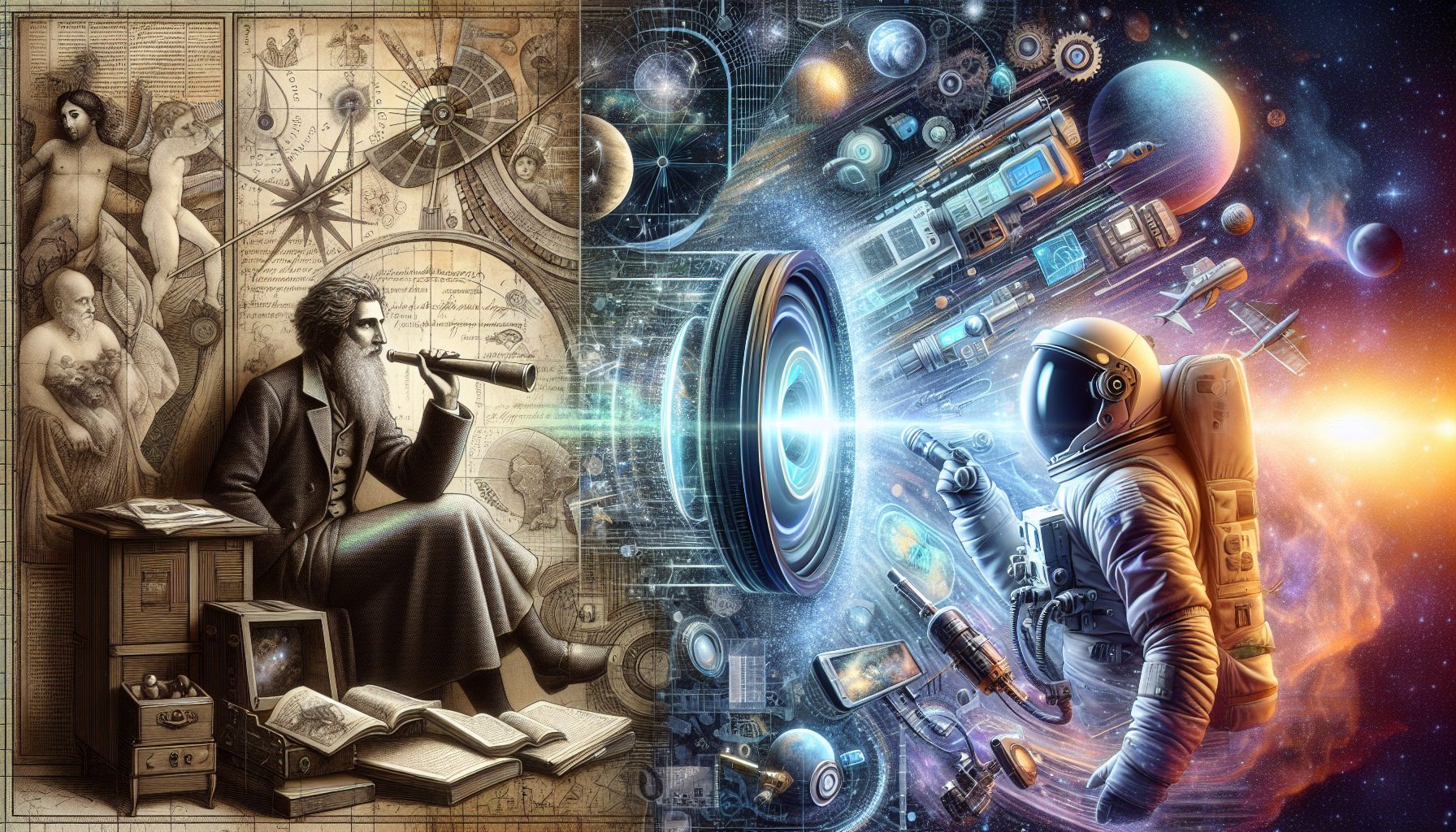Have you ever found yourself mesmerized by the balmy beaches of Bali, marveling at the glacial landscapes of Greenland or captivated with the historical remnants of Rome? The thrill and allure of exploring novel destinations, immersing oneself in unfamiliar cultures and traversing diverse landscapes seem enchanting, to say the least.
Such high-spirited adventurers were once at the mercy of rudimentary maps, local folklore and star-based navigation methods. But today, the rapidly evolving realm of technology has added a new dimension to the time-honored tradition of travel and exploration. From GPS systems transforming our navigation skills to VR-based tours providing a sensory rich experience from the comfort of your home, technology is continuously reshaping the contours of the travel industry.
Breaking Boundaries: Technology’s Giant Leap
The increasing penetration of technology into our daily lives has offered an additional lens through which we perceive our surroundings. The omnipresent satellite-based positioning systems, be it Google Maps or Apple Maps, have turned everyone into competent navigators. The days of getting lost and stumbling upon a hidden gem may be diminishing, but in their stead, we have a vast cottage industry of user-reviewed recommendations prompting us to the very best that cities have to offer.
Furthermore, the tech-driven transformation is not confined only to navigation. Technology has unleashed a potent arsenal of tools, from language translation apps bridging cultural gaps to drones offering bird’s eye views of landscapes. Machine learning algorithms are crafting personalized travel recommendations, and augmented reality technologies are enhancing museum visits with interactive stories.
The proliferation of the Internet-of-Things (IoT) has given rise to smart luggage, offering features such as location tracking, self-locking systems, and even built-in weight sensors. The heightened connectivity has also facilitated the rise of the sharing economy—evident in services like Uber and Airbnb—which leads to richer, more unique travel experiences.
Even the era of COVID-19, replete with travel restrictions and lockdowns, could not dampen the human spirit to explore, due in large part to technological innovations. Virtual travel and VR tours took the stage, providing stunning immersive experiences, from touring the majestic Louvre museum in Paris to taking a virtual walk on Mars.
The Landing Strip: The Future of Exploration
Just as we’ve adapted maps to GPS systems and from travel agents to interactive mobile apps, it’s exhilarating to speculate about what the future may hold for travel and technology.
The burgeoning field of space tourism, teased by the likes of Elon Musk, Richard Branson, and Jeff Bezos, teeters on the brink of becoming mainstream. Advanced AI and 5G technology could deliver even more personalized and seamless travel experiences. Meanwhile, biometric technology promises hassle-free airport experiences, and sustainable travel solutions aim to combat the downsides of tourism on the environment.
Far from just making travel more convenient, technology has fostered a paradigm shift in how we interact with our world, and with each other. While that interaction looks different in many ways, the age-old sense of curiosity and adventure that spurs on our exploration remains unchanged.
From enhancing our physical journeys with innovative tech to teleporting us virtually to uncharted territories, the magic of exploration continues to evolve. Who knows in the coming years, technology might equip us to hop between galaxies as casually as we hop between cities now! This seamless blend between technology and travel is not just about reaching our destinations faster or easier; it’s about enriching the journey itself, to explore, to learn, and to grow. As the world continues to metamorphose, one certainty emerges: exploration must, and will, go on!



